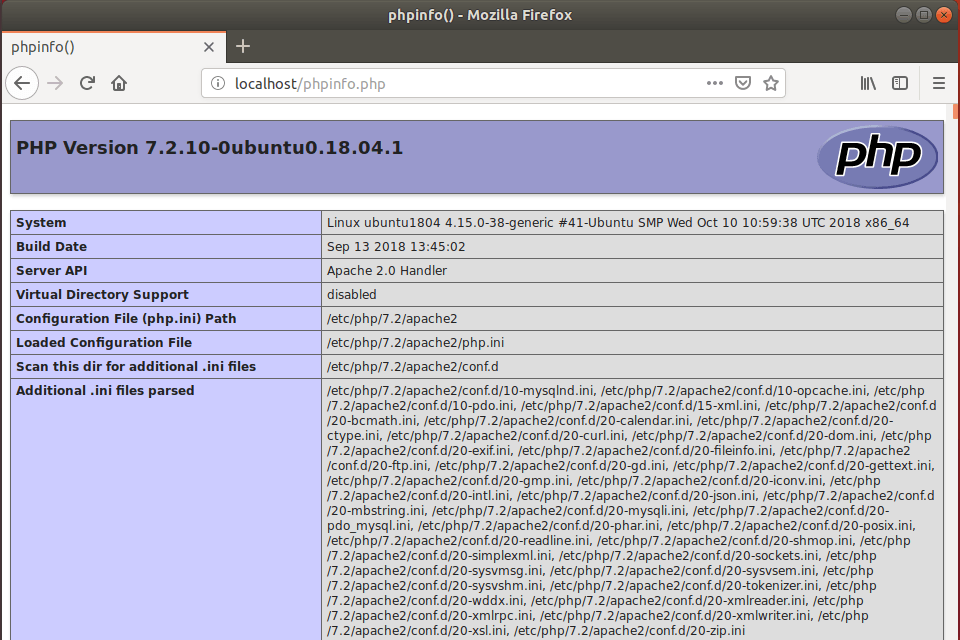

- #Find file location linux how to#
- #Find file location linux install#
- #Find file location linux full#
- #Find file location linux password#
You can suppress the matched text and show the file names and paths. i: specifies that the query is case-insensitive.

r: causes the search to be recursive, which means it will scan the current directory and all subdirectories. To find a file that includes a specific sentence or combination of letters, use the grep command using the following syntax. Grep allows you to search for the text files. Now, write "locate" with any of the above syntaxes and hit the Enter key to locate the file or folder.Īnother way to search the files in Linux with the command line is by using the grep command. Note: locate command does not work without a database.

After that, create a database by typing sudo /etc/cron.daily/mlocate on the command line and hit the Enter key.
#Find file location linux password#
After that, press Enter and type your password to proceed with the installation process.
#Find file location linux install#
Launch the command line and type sudo apt-get install mlocate to get the locate command.
#Find file location linux how to#
To understand how to find a file in Linux using the locate command, follow these instructions:
The backslash is a globing character here to expand the wildcards. Use the -b argument with the locate command to identify all files or directories that match just your search criteria. In its most basic form, the locate command discovers all files on the file system, beginning with the path that contains all or part of the search parameters. For the required parameter and syntaxes, locate command provides a list of all possible pathnames. If you're looking for anything in a database, the locate command is much quicker than the find command since it doesn't have to search over the whole system. Now type the find command with one of the above syntaxes according to your need, and press Enter to list the files. Note: Here folder name indicates the folder in which you wish to search a file. Open the command line and type cd folder name/, and hit the Enter button. To understand how to find a file in Linux using the find command, follow these instructions: Syntax: find ~ -type (type symbol) –name "filename" The option is -type, and its parameters are letter codes denoting various data types. It's usual to optimize the "find" command results by providing the file type you're searching for. Syntax: find ~ -mtime – amount of days (in number) Use the -mtime option with a (negative) number of days in the past to discover a file you last updated last week.
#Find file location linux full#
You can find a file by its filename by utilizing regular expressions to provide the full file name or sections of the file name. Files may be found using a variety of search parameters, including name, owner, group, type, rights, and date. The most basic version of the command examines the folder and its subdirectories for files that meet the search parameters. You can utilize the "find" command to look for files whose names you have an idea of. However, regardless of whatever desktop manager you use, there are various methods to utilize the command line to locate files in Linux. Most users use a graphical file manager to search files on Linux, such as Nautilus in Gnome, Dolphin in KDE, or Thunar in Xfce. Let's get started! How to Find Files and Folders in Linux with Command Lines But don't worry, this article covers all the correct ways to find the lost files and folders in Linux. However, Linux commands such as find, locate, grep, and so on can be used to discover a file and folder by repeatedly filtering items in the file system using a simple conditional method.īut since Linux is more complicated than other operating systems, it is common to wonder how to use these commands to find files Linux. It is particularly true if you use Linux without a GUI and must depend on the command line and terminal. To use this well, you need to learn Linux permissions.When you need to locate a file in Linux, it's not always as simple as it is in any other operating system. In this case, it’s telling grep to only find anything that doesn’t contain the text or string, “Permission denied.” So grep will only show you the results you’re looking for and any errors that don’t match “Permission denied.” Linux FIND by Permissions Example v – tells grep to search for anything that doesn’t match text to the left of the -v. | (called a pipe) – tells Linux to feed the results of whatever is to the left of it to whatever is to its right. Now lets look at | grep -v “Permission denied”. So 2>&1 means take the standard errors and redirect them, and then put them together with the standard output into one output. > – means to redirect whatever output is to the left of it to whatever is to the right of it. 2 – represents stderr which is short for standard errors output.ġ – represents stdout which is short for standard output


 0 kommentar(er)
0 kommentar(er)
